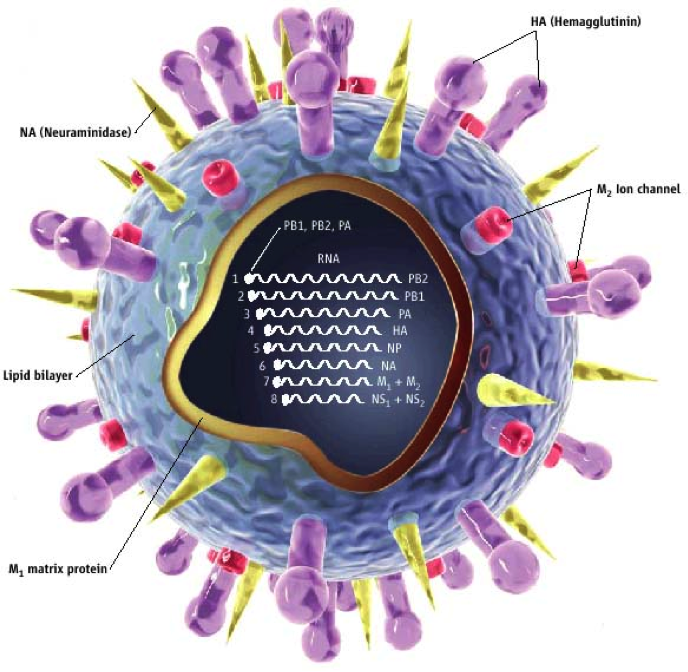
De huidige uitbraak van Afrikaanse varkenspest begon in 2007 in Poti (Georgië), een havenstad aan de Zwarte Zee. Een mogelijke bron van het virus zijn voedselresten van een schip die op een stortplaats werden gedumpt. 1/6
https://twitter.com/vrieshin/status/1479123159613906951
Daar pikten gedomesticeerde varkens het virus op, dat zich verspreidde in de varkensstapel. Van daaruit is het weer terecht gekomen in Europese wilde zwijnen. 2/6
ncbi.nlm.nih.gov/pmc/articles/P…
ncbi.nlm.nih.gov/pmc/articles/P…
De huidige uitbraak van hoog-pathogene vogelgriep begon in 1996 in gehouden ganzen in China, en is verder verspreid onder pluimvee in Azië. De uitbraak werd niet onder controle gebracht, en het virus is in 2005 overgesprongen op wilde vogels in Qinghai Meer, west China. 3/6
Van daaruit is het virus met trekvogels naar Europa gegaan. Sindsdien is het virus vaker met trekvogels naar Europa gebracht, waar het tot sterfte van wilde vogels en pluimvee leidt. 4/6
nature.com/articles/natur…
nature.com/articles/natur…
Het is dus menselijk handelen waardoor Afrikaanse varkenspest in wilde zwijnen terechtkwam. Het is menselijk handelen waardoor hoog-pathogene vogelgriep in wilde vogels terechtkwam. 5/6
Het nadeel is dat we de hand in eigen boezem moeten steken, maar het voordeel dat we door in de toekomst beter te handelen, dergelijke besmettingen van wilde dierenpopulaties kunnen voorkómen. 6/6
• • •
Missing some Tweet in this thread? You can try to
force a refresh











